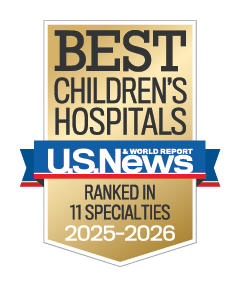Watch “Fetal Tumors: A Multidisciplinary Approach” to learn:
- Risk factors for disease severity and death associated with fetal tumors
- Which imaging studies provide the information to determine diagnosis, prognosis and therapeutic options
- Factors that may require early aggressive interventions in fetal tumors
- The various clinical presentations of fetal tumors
- Indications for additional testing or hospitalization of maternal patients with a diagnosis of fetal tumor.
Refer to Fetal Treatment Center






